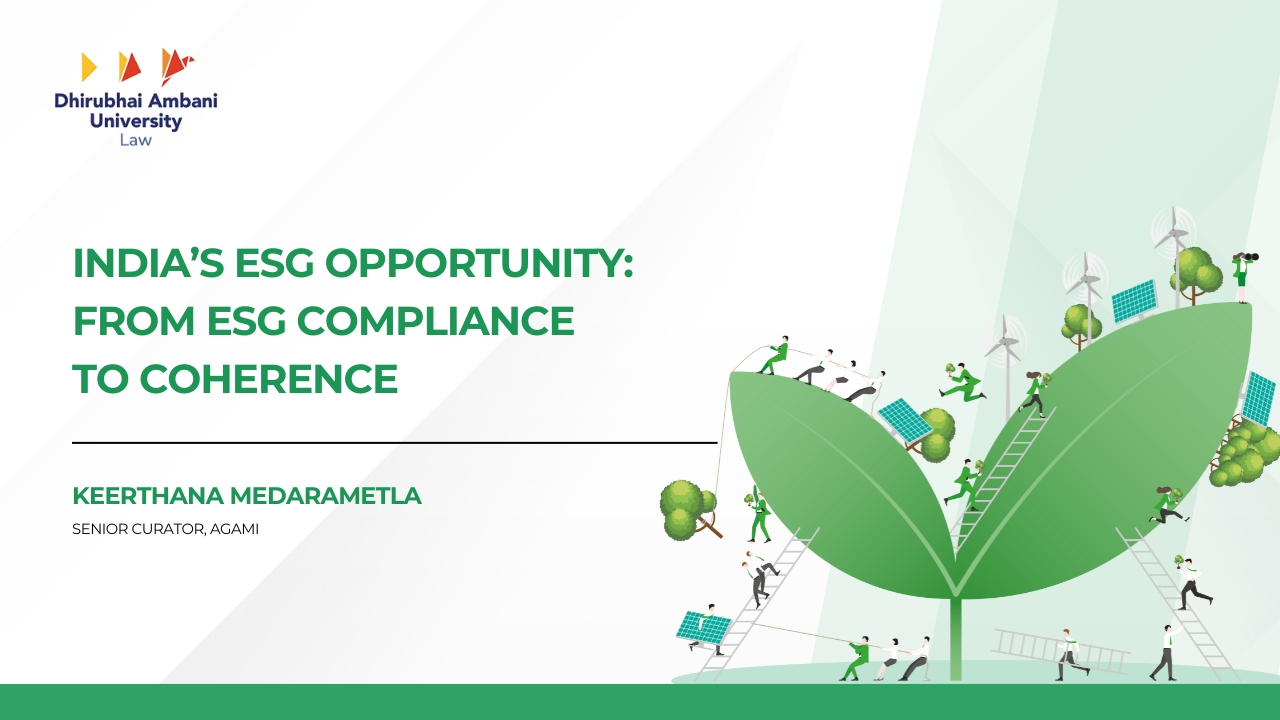
The Reality of Business Operations
In theory, ESG reporting is a clean and logical process: information flows in, synthesised, analysis and insights flow out, and companies report them and act on what they learn. In reality,it is a whole lot messier.
Businesses don’t rely on unified, seamless systems. They often run on manual processes, siloed departments, and retrospective audits. Information lives in pockets: environmental data (electricity, water, and more) with the facilities team, social impact statistics with CSR/HR team, governance details with legal/compliance teams. The gap between the headquarters and on ground implementations, including suppliers and vendors, is wide. Information lives in different systems, dashboards, emails, whatsapp, and often on pen and paper. Information does not speak the same language, and the relevant teams often piece together information at the last minute for reporting. Some information never makes it at all, some disappear along the way, and some misinterpreted.
It is no surprise that this is the core reality of business operations. By the time the ESG relevant information flows through all the relevant channels (pipes), leadership is wittingly or unwittingly in a game of Chinese whispers. Consequently, reports are riddled with gaps and inconsistencies. When the information flow is broken, ESG becomes a check list item in the list of compliances. Insights are often not reliable or actionable.
Enter AI and Tech Innovation
AI, Machine Learning, and Blockchain companies are starting to see an opportunity here. Imagine AI / Machine Learning being able to connect the dots, help the system with information flow and analysis; imagine Blockchain ensuring that the information moves in a safe and secure manner. These systems offer not only automation, but also connection. They can enter the gaps, clean, read, synthesise, link information, and even converse with you to make the information usable and relevant.
For instance, organisations such as Kuki AI, Sustainol Solutions Pvt Ltd, Riu AI, Credibl are demonstrations of ideas applying AI and technology to streamline ESG compliance. The common thread amongst these ideas? Attempts to ease the information flow; assisting the people and systems in complying with ESG; and making ESG performance reliable and actionable in real time. They are doing this by focusing on (i) information interoperability – making information across systems and teams being able to speak to each other (ii) real time visibility – of ESG metrics for every day work over relying on annual compliance timelines (iii) alignment across teams – allowing diverse teams to speak with each other and (iv) actionable insights – for interventions that can streamline processes.
They do this by integrating with businesses’ operational reality, bridge necessary siloes, set in place appropriate frameworks, and collect/synthesise data for ESG compliance. India is also uniquely positioned to leapfrog in ESG innovation. The advancement of Digital Public Infrastructure, such as Aadhar and UPI, along with a growing entrepreneurial ecosystem and Government support, offers a ground for further innovation for ESG design and compliance. Unified Energy Interface (UEI) that has been launched recently is a step towards this direction.
From Compliance to Coherence
ESG and ESG Frameworks can deliver on their fullest potential when information flows seamlessly across teams and stakeholders. To cross the ESG chasm, attention ought to be paid to information standards and unifying information flow. Additionally, our current frameworks need to be adapted to quantify information that is intangible or difficult to measure. For instance, verifying the labor practices of a sub contractor or compliance by a vendor or supplier are a lot more complex than quantifiable data. Moreover, Governance architecture and questions relating to it are also critical. Who can access what information when, for what, under what circumstances? What are data and AI use policies? What can AI be adopted for and what not? How can this Governance architecture become embedded into the flow of work as opposed to an additional Governance architecture that needs to be laid out? By prioritising these areas of ESG compliance, India will be at the cusp of moving from ESG compliance to ESG coherence.
